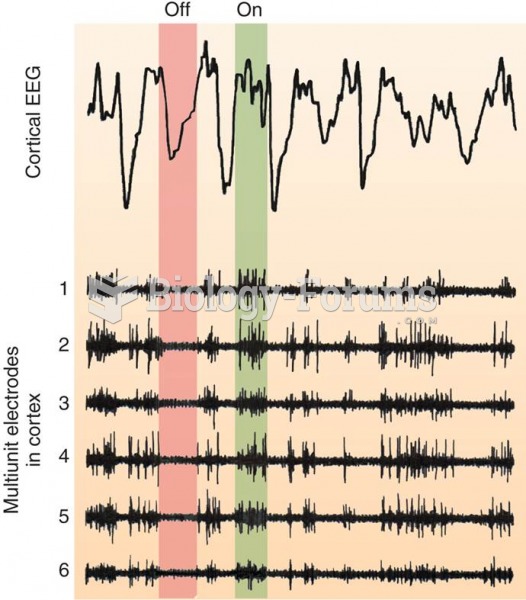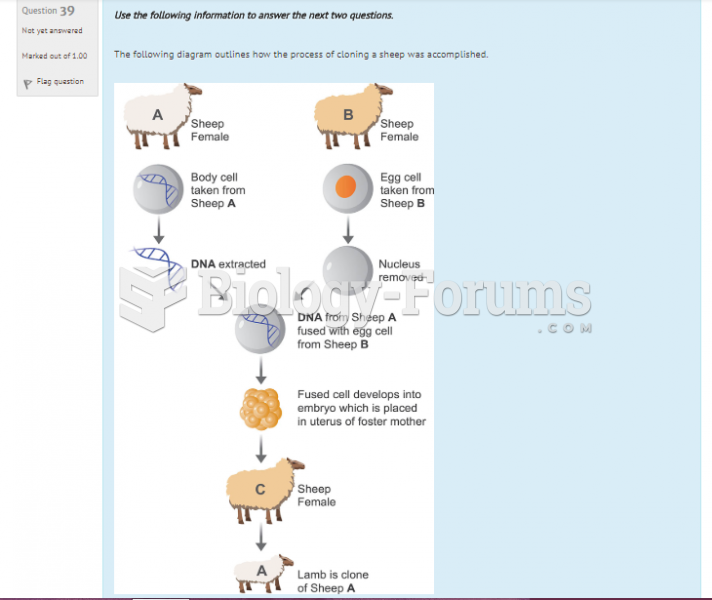Answer to Question 1
False
Answer to Question 2
Secondary data should be obtained before an advertiser begins primary research.
Secondary data offer a low-cost and speedy method for gaining information about consumers' lives and can lead to useful consumer insights. However, the data must be scrutinized for currency, the appropriateness of the measurement units for the marketer's particular situation, the qualifications of the data collection organization,
any special interests associated with the data generation effort, and, most importantly, relevance and meaning regarding products and brands.
Data can be found through several broad channels:
Internal company sources (annual reports, marketing plans, sales summaries, warranty cards, consumer letters, etc.) are usually the first places to look. Government sources (massive amounts of data on population, housing, transportation, recreation, and spending) Start with the U.S. Census Bureau, including its Census of Population and Housing (published every 10 years) and Current Population Survey (published annually) for the Bureau of Labor Statistics. Additionally, the National Archives and Records Administration offers a wide range of data on American culture. Global information can be found through Eurobarometer and the International Social Survey Program.
Commercial sources specialize in geographic data-gathering, often at the household, neighborhood, or zip code level, as offered by such firms as PRIZM and the Pew Center.
Internet sources have revolutionized developmental research, particularly for smaller firms and agencies. Common search engines allow access to enormous amounts of data, and human search costs have been slashed. Web-based interest groups, online communities, and social networking sites can be utilized. Advertisers can gain incredibly relevant data at virtually no cost if they are careful in their searches, though specialized engines can also be purchased. Additionally, the Web can be mined (through the relatively new practice of netnography) for answers to specific questions, to analyze chatter about products or competitors (brand-talk) by searching key words, or to conduct online surveys.







